
漢德百科全書 | 汉德百科全书
 Armenia
Armenia
 Albania
Albania
 Aleksandar Vučić
Aleksandar Vučić
 Alexander De Croo
Alexander De Croo
 Alexander Stubb
Alexander Stubb
 Andorra
Andorra
 Andrej Plenković
Andrej Plenković
 Armenia
Armenia
 Azerbaijan
Azerbaijan
 Belgium
Belgium
 Bjarni Benediktsson
Bjarni Benediktsson
 Bosnia Herzegovina
Bosnia Herzegovina
 Bulgaria
Bulgaria
 Charles Michel
Charles Michel
 Denmark
Denmark
 Denis Bećirović
Denis Bećirović
 Germany
Germany
 Dick Schoof
Dick Schoof
 Donald Tusk
Donald Tusk
 Edi Rama
Edi Rama
 Emmanuel Macron
Emmanuel Macron
 England
England
 Estonia
Estonia

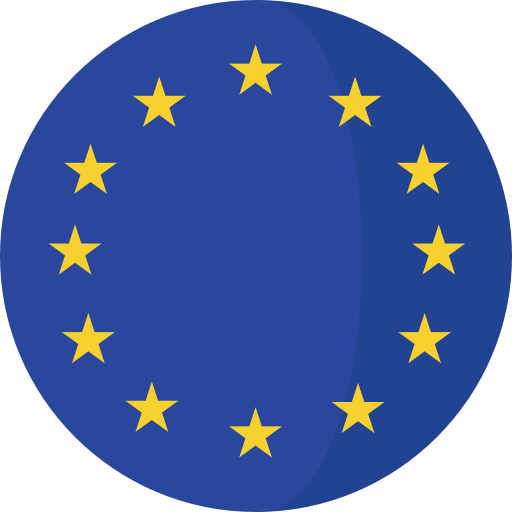 European Union
European Union
 Evika Siliņa
Evika Siliņa
 Finland
Finland
 France
France
 Georgia
Georgia
 Giorgia Meloni
Giorgia Meloni
 Gitanas Nausėda
Gitanas Nausėda
 Greece
Greece
 Hristijan Mickoski
Hristijan Mickoski
 Ilham Aliyev
Ilham Aliyev
 Ireland
Ireland
 Iceland
Iceland
 Italy
Italy
 Jakov Milatović
Jakov Milatović
 Jens Stoltenberg
Jens Stoltenberg
 Jonas Gahr Støre
Jonas Gahr Støre
 Kaja Kallas
Kaja Kallas
 Keir Starmer
Keir Starmer
 Klaus Johannis
Klaus Johannis
 Kosovo
Kosovo
 Croatia
Croatia
 Kyriakos Mitsotakis
Kyriakos Mitsotakis
 Latvia
Latvia
 Liechtenstein
Liechtenstein
 Lithuania
Lithuania
 Luc Frieden
Luc Frieden
 Luxembourg
Luxembourg
 Maia Sandu
Maia Sandu
 Malta
Malta
 Mette Frederiksen
Mette Frederiksen
 Moldawien
Moldawien
 Monaco
Monaco
 Montenegro
Montenegro
 Netherlands
Netherlands
 Nikol Pashinyan
Nikol Pashinyan
 Nordmazedonien
Nordmazedonien
 Norwegen
Norwegen
 Olaf Scholz
Olaf Scholz
 Austria
Austria

 Party and government
Party and government

 Party and government
Party and government
 European Political Community Summit
European Political Community Summit
 Pedro Sánchez
Pedro Sánchez
 Petr Fiala
Petr Fiala
 Poland
Poland
 Portugal
Portugal
 Robert Abela
Robert Abela
 Robert Golob
Robert Golob
 Romania
Romania
 Rumen Radew
Rumen Radew
 San Marino
San Marino
 Sweden
Sweden
 Switzerland
Switzerland
 Serbia
Serbia
 Simon Harris
Simon Harris
 Slovakia
Slovakia
 Slovenia
Slovenia
 Spain
Spain
 Czech Republic
Czech Republic
 Turkey
Turkey
 Ukraine
Ukraine
 Hungary
Hungary
 United Kingdom
United Kingdom
 Viktor Orbán
Viktor Orbán
 Viola Amherd
Viola Amherd
 Wolodymyr Selenskyj
Wolodymyr Selenskyj
 Cyprus
Cyprus
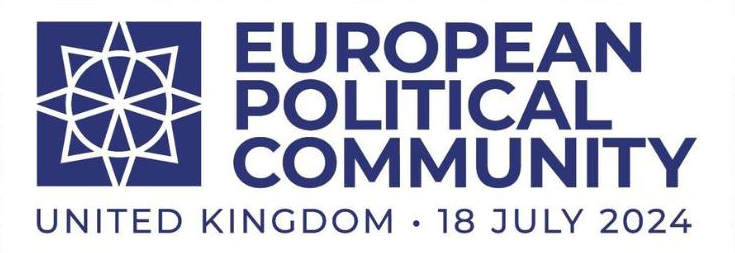

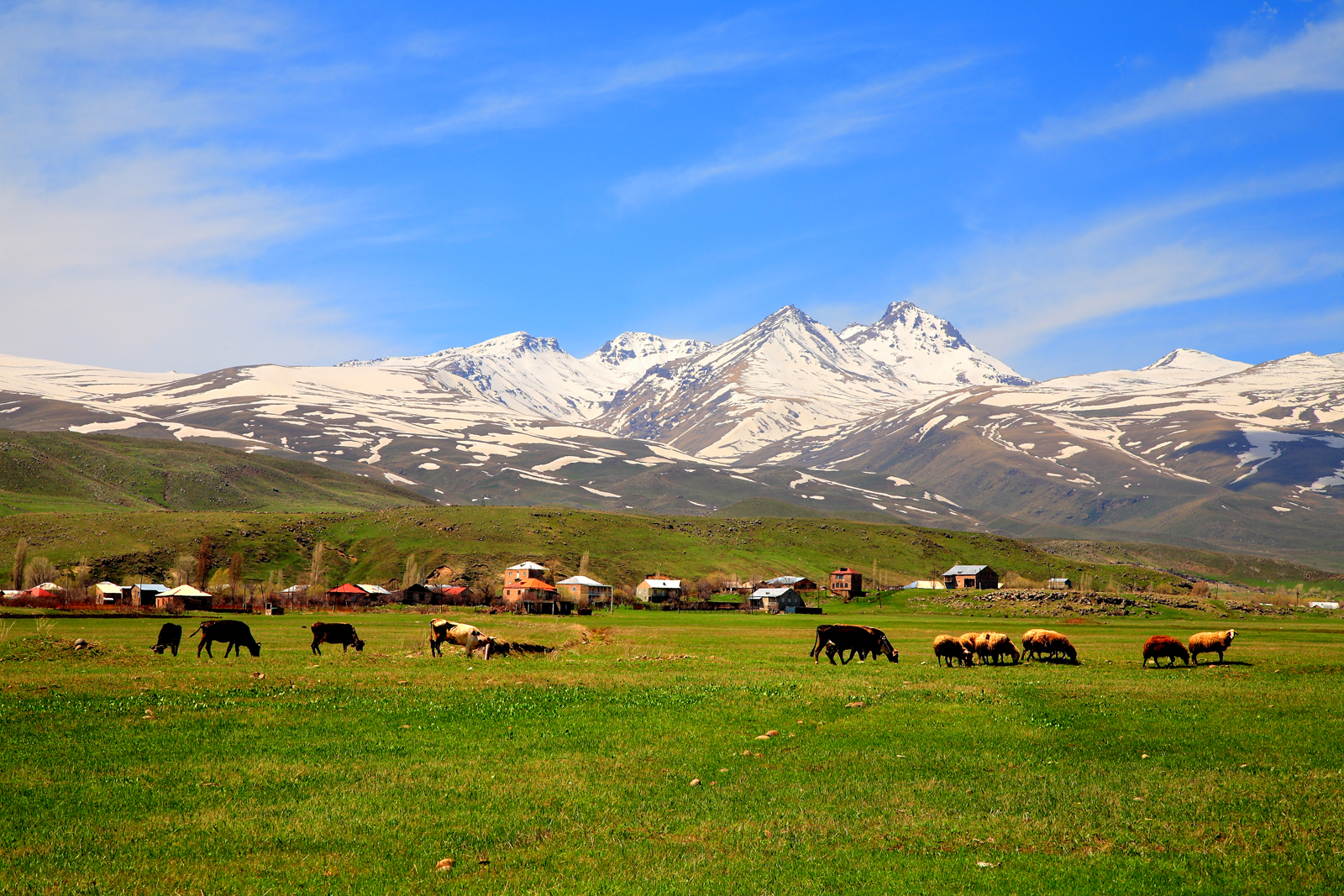

阿拉姆(古叙利亚语:ܐܪܡܝܐ,罗马化:Arāmāyā;Old Aramaic:?????;阿拉姆语:?????;Jewish Babylonian Aramaic:אֲרָמִית;又称阿拉米语、亚兰语、阿拉美语或阿辣米语[1],下称阿拉姆语;英语: Aramaic)是闪米特语族(闪族)的一种语言,与希伯来语和阿拉伯语同属一个语族。
阿拉姆语有3000年的历史,是世界上少数存活了上千年的古老语言之一。它是旧约圣经中的以斯拉记及但以理书书写时所用的语言,并被认为是耶稣基督时代的犹太人日常时的用语。一些学者更认为耶稣基督是以这种语言传道,被以通行于东地中海的普通希腊文记录下来。
现在,还有许多居住在伊拉克、叙利亚、黎巴嫩、亚美尼亚、瑞典、美国、西欧、拉丁美洲等国家和地区的亚述人及部分阿拉姆人(即阿拉美亚人)后裔使用阿拉姆语。
Die aramäischen Sprachen bilden eine genetische Untereinheit der semitischen Sprachen, die selbst ein Zweig des Afroasiatischen sind. Aramäisch und Kanaanäisch (dazu gehören z. B. Hebräisch und Phönizisch) sind die Hauptzweige des Nordwestsemitischen. Die Trennung des Aramäischen vom Kanaanäischen fand im Laufe der ersten Hälfte des 2. Jahrtausends v. Chr. statt. Alle aramäischen Sprachen gehen auf das Altaramäische zurück, das seit Beginn des ersten vorchristlichen Jahrtausends belegt ist.
Aus den klassischen aramäischen Sprachen entwickelten sich im Laufe der Jahrhunderte die etwa siebzehn neuaramäischen Sprachen der Gegenwart.[4] Diese haben etwa 550.000[1] bis 850.000[2] Sprecher meist jüdischen, christlichen oder mandäischen, selten muslimischen Glaubens.
Die ursprünglichen Verbreitungsgebiete liegen im heutigen Irak, Iran, Israel, dem Libanon, Palästina, Syrien und der Türkei; in der autonomen kurdischen Region Rojava in Syrien ist es eine der Amtssprachen. Durch Migrationsprozesse (Flucht, Umsiedlung, Auswanderung) gelangten Sprecher aramäischer Sprachen zunächst nach Russland, in jüngerer Zeit vor allem nach Nord-, West- und Mitteleuropa, Nord- und Südamerika sowie Australien.
Die wissenschaftliche Untersuchung dieser Sprachgruppe wird von der Aramaistik betrieben, die an Hochschulen oft als Teil der Semitistik angesiedelt ist. Klassisches westliches Aramäisch war die Muttersprache des Jesus von Nazaret.

Der Aras, Araks oder Arax, aserbaidschanisch Araz, persisch ارس (rud-e) Aras, armenisch Արաքս Araks, kurdisch Erez, urartäisch Muna,[2] griechisch Araxes, türkisch Aras Nehri) ist mit 1072 km Länge der längste Nebenfluss der Kura in Vorderasien. Er wird von den Brücken von Choda Afarin gequert.
阿拉斯河[1](土耳其语:Aras Nehri,亚美尼亚语:Արաքս,罗马化:Araks,阿塞拜疆语:ارس,آراز,波斯语:ارس),亚美尼亚称之为阿拉克斯河[2][3],是欧亚大陆高加索地区的河流,流经土耳其、亚美尼亚、阿塞拜疆和伊朗,河道全长1,072公里,流域面积102,000平方公里,为库拉河的最大支流。
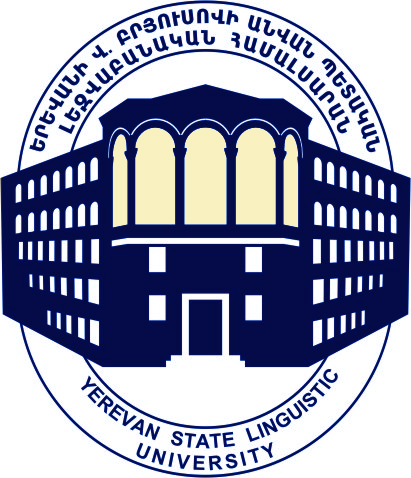

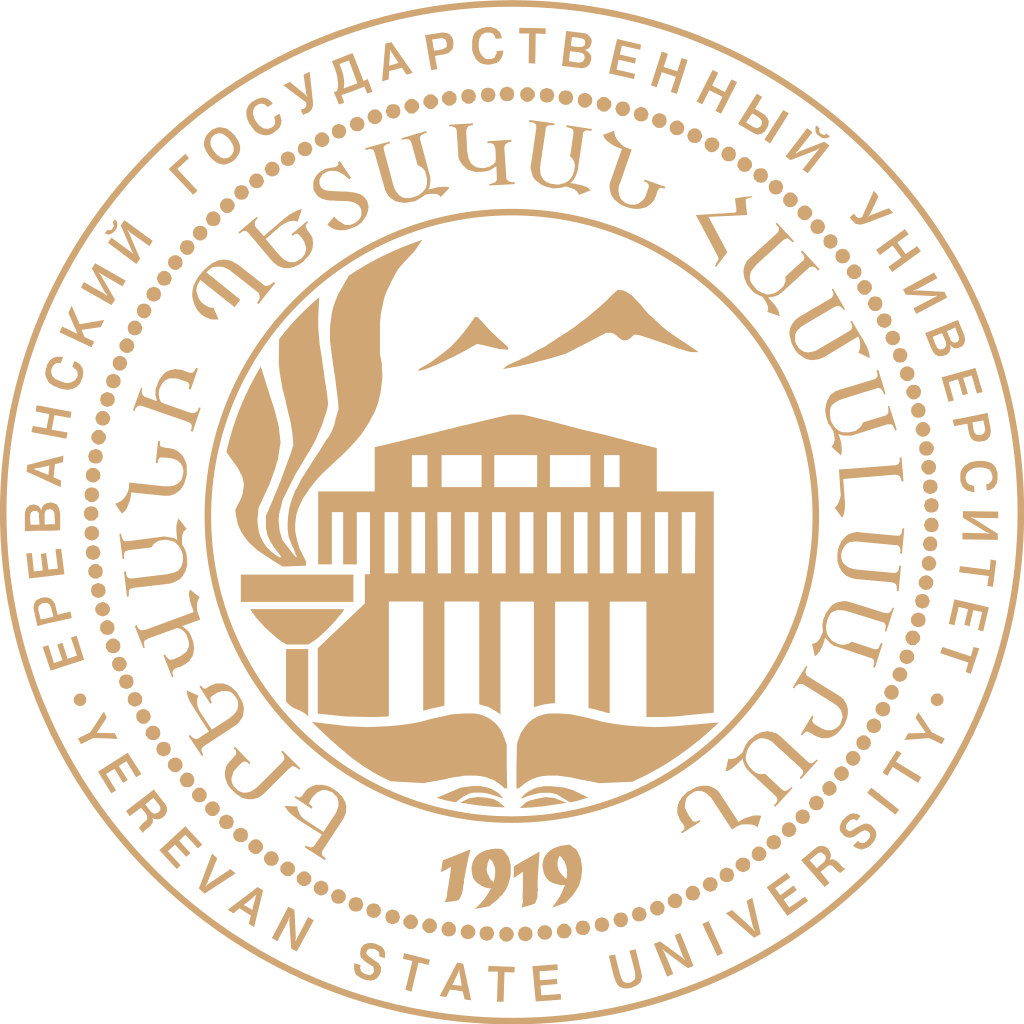


Jerewan, auch Eriwan  anhören?/i – IPA: jɛɾɛˈvɑn, armenisch Երևան (amtlich, ostarmenisch) oder Երեւան (traditionell, westarmenisch) – ist die Hauptstadt und mit 1.201.322 Einwohnern (Stand 2009) die größte Stadt Armeniens. Jerewan, eine der ältesten Städte der Welt,[1] ist auch das wirtschaftliche, kulturelle und wissenschaftliche Zentrum des Landes und wegen der Größe der Stadt eine eigene Provinz.
anhören?/i – IPA: jɛɾɛˈvɑn, armenisch Երևան (amtlich, ostarmenisch) oder Երեւան (traditionell, westarmenisch) – ist die Hauptstadt und mit 1.201.322 Einwohnern (Stand 2009) die größte Stadt Armeniens. Jerewan, eine der ältesten Städte der Welt,[1] ist auch das wirtschaftliche, kulturelle und wissenschaftliche Zentrum des Landes und wegen der Größe der Stadt eine eigene Provinz.
埃里温(亚美尼亚语:Երևան;Yerevan)是西亚国家亚美尼亚共和国的首都。在西方有叶里万(Erivan)、叶烈布尼(Erebuni)、叶烈温(Ereun)、耶烈万等多种称呼。常见的名称表记有“Erewan”、“Ayrivan”、“Erevan”等。
埃里温人口约106万人(2004年统计)。主要产业为机械制造及金属工业、红葡萄酒及白兰地酿造、烟草制造等。赫拉兹丹河(Hrazdan River)流经市内,北望著名的亚拉拉特山。若以文献记载为准,该城是现存世界最古老的都市之一。
埃里温的兹瓦尔特诺茨国际机场是亚美尼亚共和国的主要机场。埃里温无轨电车系统于1949年开始运行,有轨电车则因为高昂的运营成本而被关闭。埃里温地铁共有一条线路,负责着全城的地铁交通。铁路方面,只有一条国际线路通往邻国格鲁吉亚的第比利斯,将亚美尼亚和伊朗直接连接的新铁路仍在建设中。当地的公共交通高度私有化,小巴的市场份额是最大的。
埃里温共有250余所学校,其中公立学校200余所,私有学校50所左右。此外,埃里温在苏维埃的统治下成为了科学研究的主要中心。医疗方面,埃里温的数家医院通过现代技术改善了自己并开始提供医疗保健和医学研究服务,利克沃尔(Liqvor)制药厂是亚美尼亚最大的药品生产商。能源方面,赫拉兹丹河附近建立了数座水力发电厂,当地还建有一些火力发电厂。互联网方面,亚美尼亚的3家移动电话服务商均位于埃尔温,许多中小企业也参与了互联网服务。
エレバン(Երևան、Yerevan [jɛɾɛˈvɑn] (![]() 音声ファイル))は、アルメニア共和国の首都である[1]。イェレヴァン、エリバン(Erivan)、エレブニ(Erebuni)、エレウン(Ereun)と呼ばれていたこともある。「Erewan」、「Ayrivan」、「Erevan」などの表記も見られる。ロシア語ではかつて"Эривань"(エリヴァニ)と表記されていたが、1930年代頃から原音に近い"Ереван"(イェレヴァン)と綴られるようになった[2]。
音声ファイル))は、アルメニア共和国の首都である[1]。イェレヴァン、エリバン(Erivan)、エレブニ(Erebuni)、エレウン(Ereun)と呼ばれていたこともある。「Erewan」、「Ayrivan」、「Erevan」などの表記も見られる。ロシア語ではかつて"Эривань"(エリヴァニ)と表記されていたが、1930年代頃から原音に近い"Ереван"(イェレヴァン)と綴られるようになった[2]。
人口約106万人(2004年)。機械製造や金属業、ワイン、ブランデー製造、たばこ製造業が盛ん。フラズダン川が市内を流れる。南にアララト山を臨む。現存する世界最古の都市の一つとされており、また創世記に語られている「エデンの園」が存在していたという伝承のある地でもある。
Yerevan (/ˌjɛrəˈvɑːn/, YE-rə-VAHN; Armenian: Երևան[a] [jɛɾɛˈvɑn] ( listen), sometimes spelled Erevan)[b] is the capital and largest city of Armenia as well as one of the world's oldest continuously inhabited cities.[15] Situated along the Hrazdan River, Yerevan is the administrative, cultural, and industrial center of the country. It has been the capital since 1918, the thirteenth in the history of Armenia, and the seventh located in or around the Ararat plain. The city also serves as the seat of the Araratian Pontifical Diocese; the largest diocese of the Armenian Apostolic Church and one of the oldest dioceses in the world.[16]
listen), sometimes spelled Erevan)[b] is the capital and largest city of Armenia as well as one of the world's oldest continuously inhabited cities.[15] Situated along the Hrazdan River, Yerevan is the administrative, cultural, and industrial center of the country. It has been the capital since 1918, the thirteenth in the history of Armenia, and the seventh located in or around the Ararat plain. The city also serves as the seat of the Araratian Pontifical Diocese; the largest diocese of the Armenian Apostolic Church and one of the oldest dioceses in the world.[16]
The history of Yerevan dates back to the 8th century BC, with the founding of the fortress of Erebuni in 782 BC by king Argishti I at the western extreme of the Ararat plain.[17] Erebuni was "designed as a great administrative and religious centre, a fully royal capital."[18] By the late ancient Armenian Kingdom, new capital cities were established and Yerevan declined in importance. Under Iranian and Russian rule, it was the center of the Erivan Khanate from 1736 to 1828 and the Erivan Governorate from 1850 to 1917, respectively. After World War I, Yerevan became the capital of the First Republic of Armenia as thousands of survivors of the Armenian Genocide in the Ottoman Empire arrived in the area.[19] The city expanded rapidly during the 20th century as Armenia became part of the Soviet Union. In a few decades, Yerevan was transformed from a provincial town within the Russian Empire to Armenia's principal cultural, artistic, and industrial center, as well as becoming the seat of national government.
With the growth of the Armenian economy, Yerevan has undergone major transformation. Much construction has been done throughout the city since the early 2000s, and retail outlets such as restaurants, shops, and street cafés, which were rare during Soviet times, have multiplied. As of 2011, the population of Yerevan was 1,060,138, just over 35% of the Republic of Armenia's total population. According to the official estimate of 2016, the current population of the city is 1,073,700.[20] Yerevan was named the 2012 World Book Capital by UNESCO.[21] Yerevan is an associate member of Eurocities.[22]
Of the notable landmarks of Yerevan, Erebuni Fortress is considered to be the birthplace of the city, the Katoghike Tsiranavor church is the oldest surviving church of Yerevan and Saint Gregory Cathedral is the largest Armenian cathedral in the world, Tsitsernakaberd is the official memorial to the victims of the Armenian Genocide, and several opera houses, theatres, museums, libraries, and other cultural institutions. Yerevan Opera Theatre is the main spectacle hall of the Armenian capital, the National Gallery of Armenia is the largest art museum in the Republic of Armenia and shares a building with the History Museum of Armenia, and the Matenadaran repository contains one of the largest depositories of ancient books and manuscripts in the world.
Erevan4 ou Yerevan5 (en arménien : Երևան, Yerevan) est la plus grande des villes d’Arménie et sa capitale6 depuis 19187, la douzième8 depuis les origines de l’Arménie. La ville actuelle est en partie fondée sur l'ancienne cité urartéenne d'Erebouni. Elle est située à l'ouest du pays, à l'extrémité orientale de la plaine de l'Ararat, au-dessus des gorges de la rivière Hrazdan.
Elle connaît une histoire mouvementée faite de batailles, de pillages, d'incendies et de séismes pendant plus de 2 500 ans, devient la capitale de l'éphémère première République d'Arménie après la Première Guerre mondiale et recueille une partie des rescapés du génocide arménien. La ville s'étend rapidement au XXe siècle lorsque l'Arménie devient une des quinze républiques de l'URSS. D'une petite bourgade de quelques milliers d'habitants sous la première République, elle devient en moins de cinquante ans le principal centre culturel, artistique et industriel du pays, ainsi que le siège de ses institutions politiques.
En 2007, la population d’Erevan est estimée à 1 107 800 habitants9 et son agglomération très peu étendue autour de la ville regroupe avec ses 1 245 700 habitants (estimation officielle actuelle10), plus de 42 % de la population arménienne. Ses habitants sont appelés les Erevanais et les Erevanaises2.
Erevan a été nommé capitale mondiale du livre 2012 par l'UNESCO. Erevan est membre associé de Eurocities.
Erevan[1] (in armeno: Երևան?, [jɛɾɛˈvɑn][?·info], anche scritta Yerevan[2] e Jerevan) è la capitale e la più popolosa città dell'Armenia (1 201 539 abitanti nel 1989; circa 1 127 300 nel 2012).[3] La città, fino al 2008 equiparata ad una provincia (marz), è ora un comune con un consiglio comunale elettivo che nomina il sindaco[4].
Ereván1 (en armenio: Երևան /jɛɾɛˈvɑn/ o Երեւան /jɛɾɛˈvɑn/; en ruso: Ереван, tr.: Yereván) es la capital de Armenia,2 así como la mayor ciudad del país. Su superficie es de 227 km², siendo una división administrativa especial, diferente a los marzes (մարզեր) en que se divide el país.3 Se trata de una ciudad fundada en el año 782 a.C. al oeste de lo que hoy es Armenia, en el extremo oriental de la llanura del monte Ararat y a la orilla del río Hrazdan. Después de la Primera Guerra Mundial se convirtió en la capital de la República Democrática de Armenia y aumentó su población con la llegada de miles de supervivientes del genocidio armenio, expandiéndose aún más en el siglo XX al convertirse en capital de una de las quince Repúblicas de la URSS, la RSS de Armenia. De esta manera, la pequeña ciudad se transformó en una de las más importantes de la región, sede de las más importantes asociaciones culturales, artísticas e industriales del país, además de las políticas, y base de una extensa red de vías férreas, así como el nudo de comercio de productos agrícolas.
En 2003, la población de la ciudad se estimaba en 1.091.235 habitantes,45 para un total de 1.245.700 habitantes añadiendo las poblaciones aledañas;46 conformando el 42% de la población armenia, seguida por Gyumri, con una población de 150.917 habitantes.4
La historia de Ereván se remonta al siglo VIII a. C. , con la fundación de la fortaleza urartiana de Erebuni en el año siglo VIII a. C..7 Progresivamente, el nombre Erebuni evolucionó en el idioma armenio entre el s. V o el siglo IV a. C., modificando la letra "b" en el nombre, hasta convertirse en "v".8
Cuenta con universidad propia, Academia de Ciencias, la Galería Nacional de Armenia, el Museo de Historia de Armenia y diversas bibliotecas públicas. En la ciudad existen las ruinas de una fortaleza urartiana de unos 3000 años de antigüedad. Entre los edificios importantes destacan la Catedral, el Mercado y la Ópera. Su aeropuerto está situado en Zvartnots.
Ereván fue la Capital Mundial del Libro del 2012, declarada por la UNESCO.
Ерева́н (арм. Երևան, МФА (арм.): [jɛɾɛˈvɑn]) — столица и крупнейший по численности населения и площади город Армении, один из древнейших городов мира. В русской транскрипции до 1936 года известен как Эривань. Расположен на левобережной (по реке Аракс) части Араратской долины. Население составляет 1075,1 тыс. человек (на 1 июля 2017 года)[4]. Площадь города — 223 км². Ереван — политический, экономический, культурный и научный центр, а также важнейший транспортный узел страны. Город обслуживают два аэропорта, метрополитен, железнодорожный вокзал.
Высота над уровнем моря — от 900 до 1300 м, часть города расположена на вулканическом плато к северу от Араратской долины.
За годы советской власти облик Еревана полностью изменился в результате огромных градостроительных работ (первый генеральный план 1924, архитектор А. И. Таманян; также — 1970, архитекторы М. Д. Мазманян, Э. А. Папян и др.); своеобразный колорит городу придал широко используемый в строительстве местный камень различных оттенков (розовый, кремовый, белый туф)[8].
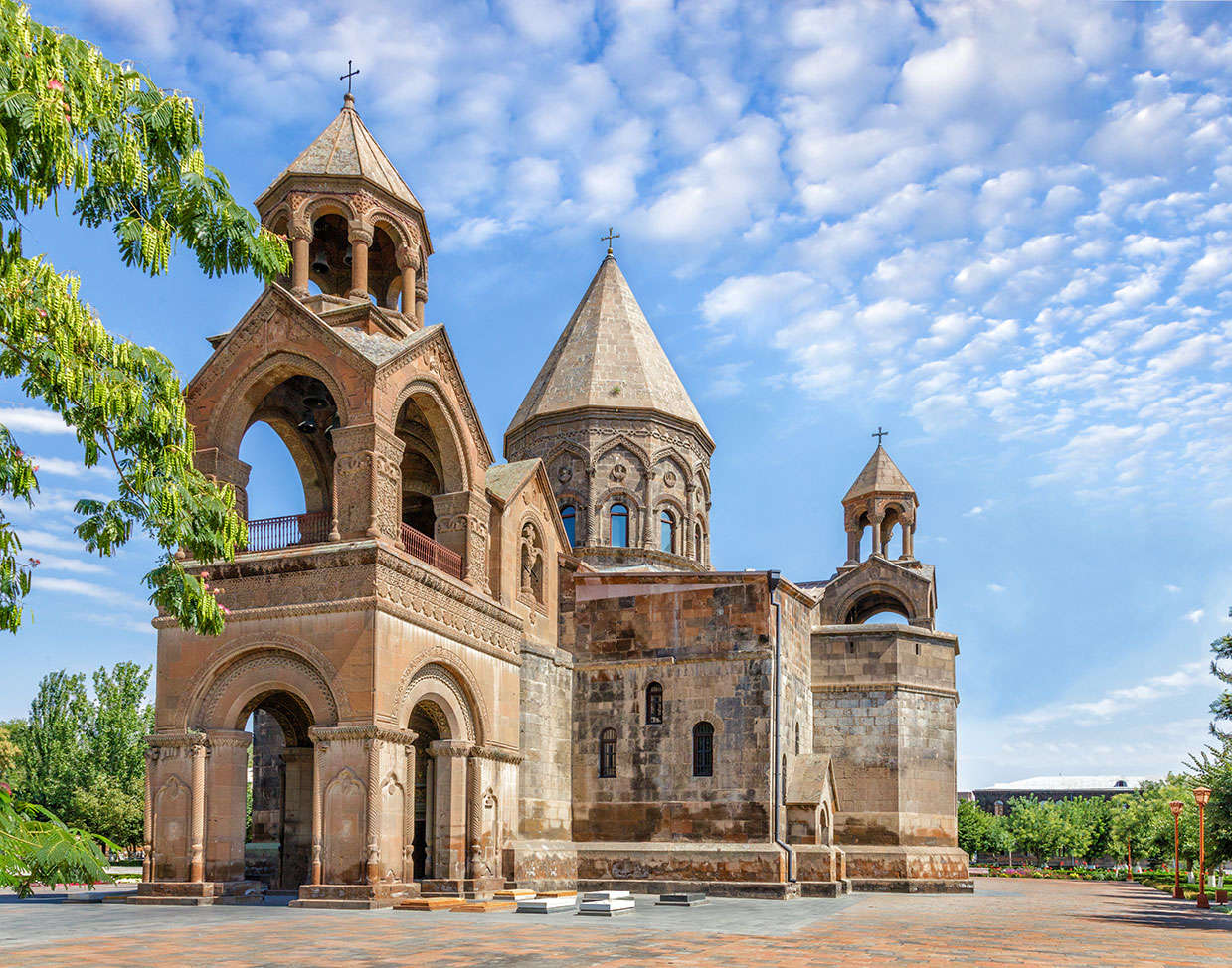
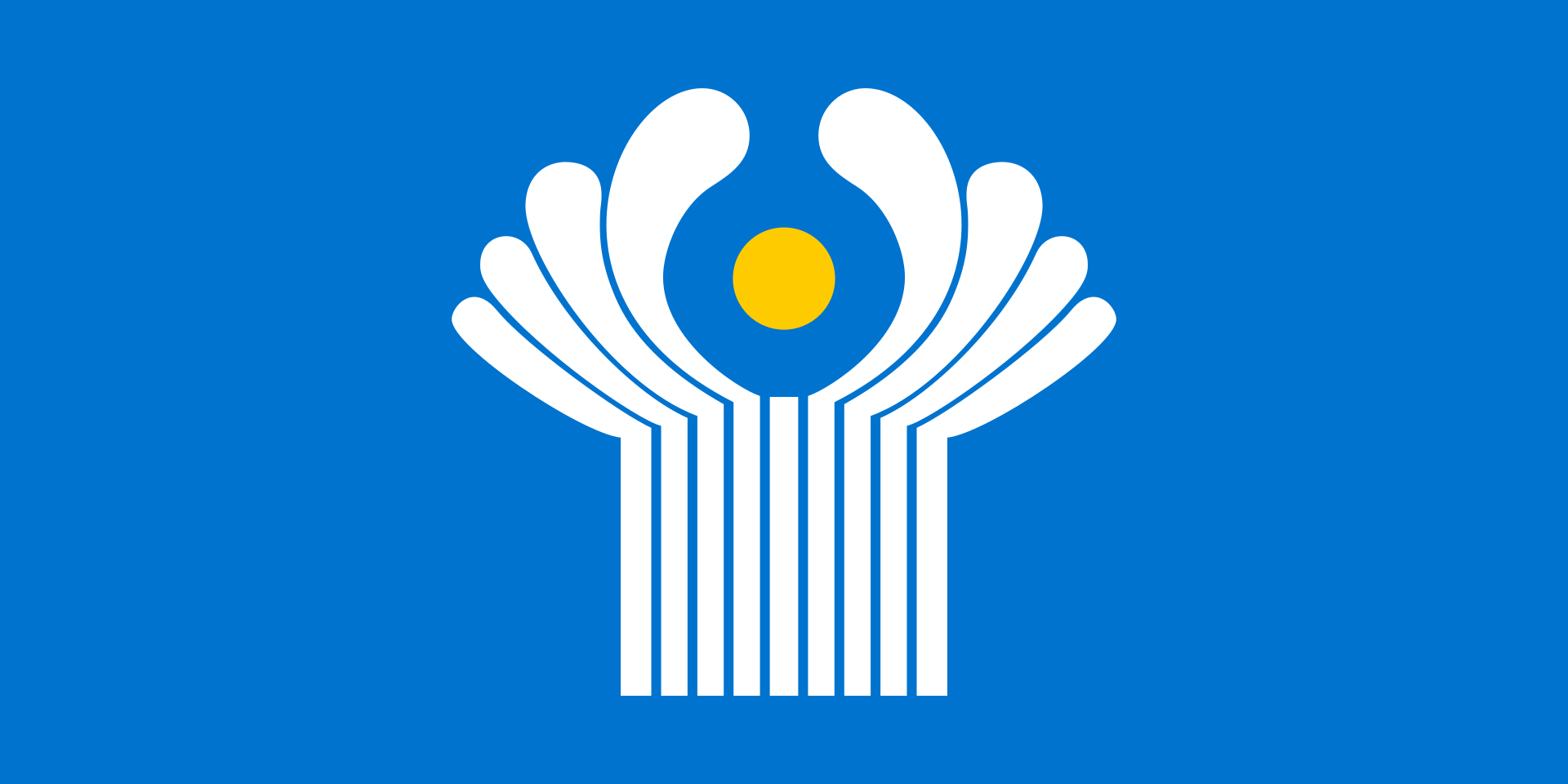
 Armenia
Armenia
 Benin
Benin
 Burkina Faso
Burkina Faso
 Demokratische Republik Kongo
Demokratische Republik Kongo
 France
France

 Ile-de-France
Ile-de-France
 Canada
Canada
 Libanon
Libanon
 Madagaskar
Madagaskar
 Mauritius
Mauritius

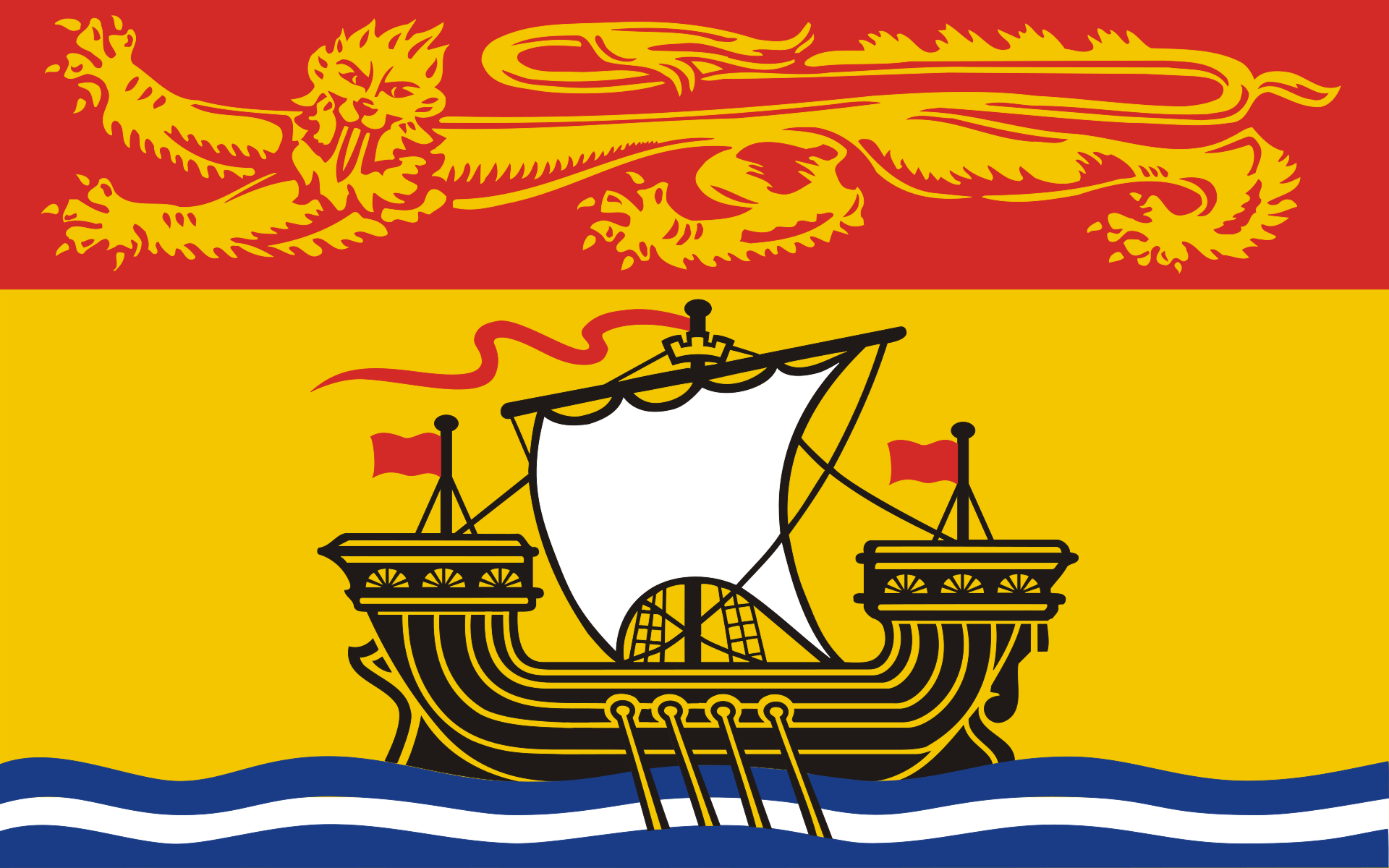 New Brunswick-NB
New Brunswick-NB

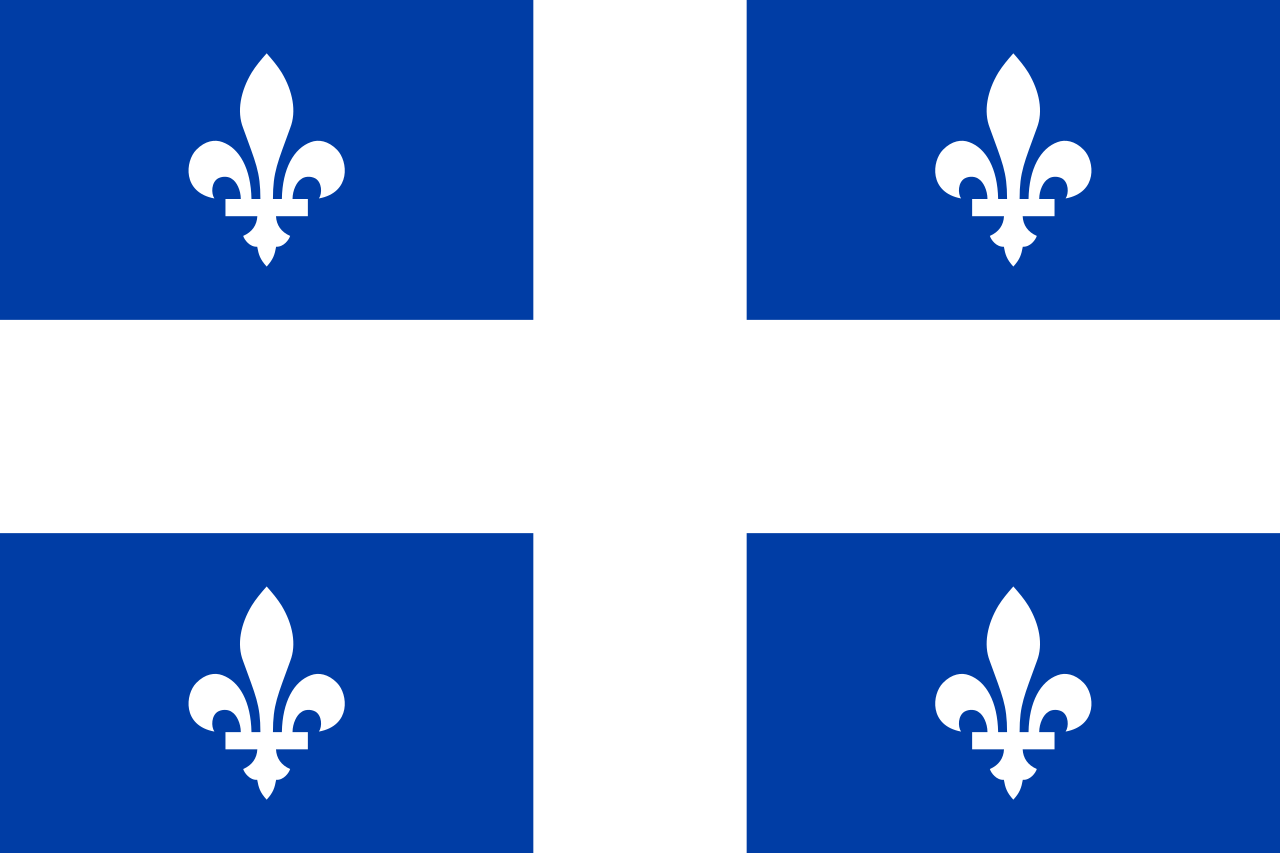 Quebec-QC
Quebec-QC
 Romania
Romania
 Switzerland
Switzerland
 Senegal
Senegal
 Tunisia
Tunisia
 Vietnam
Vietnam

 Important International Organizations
Important International Organizations
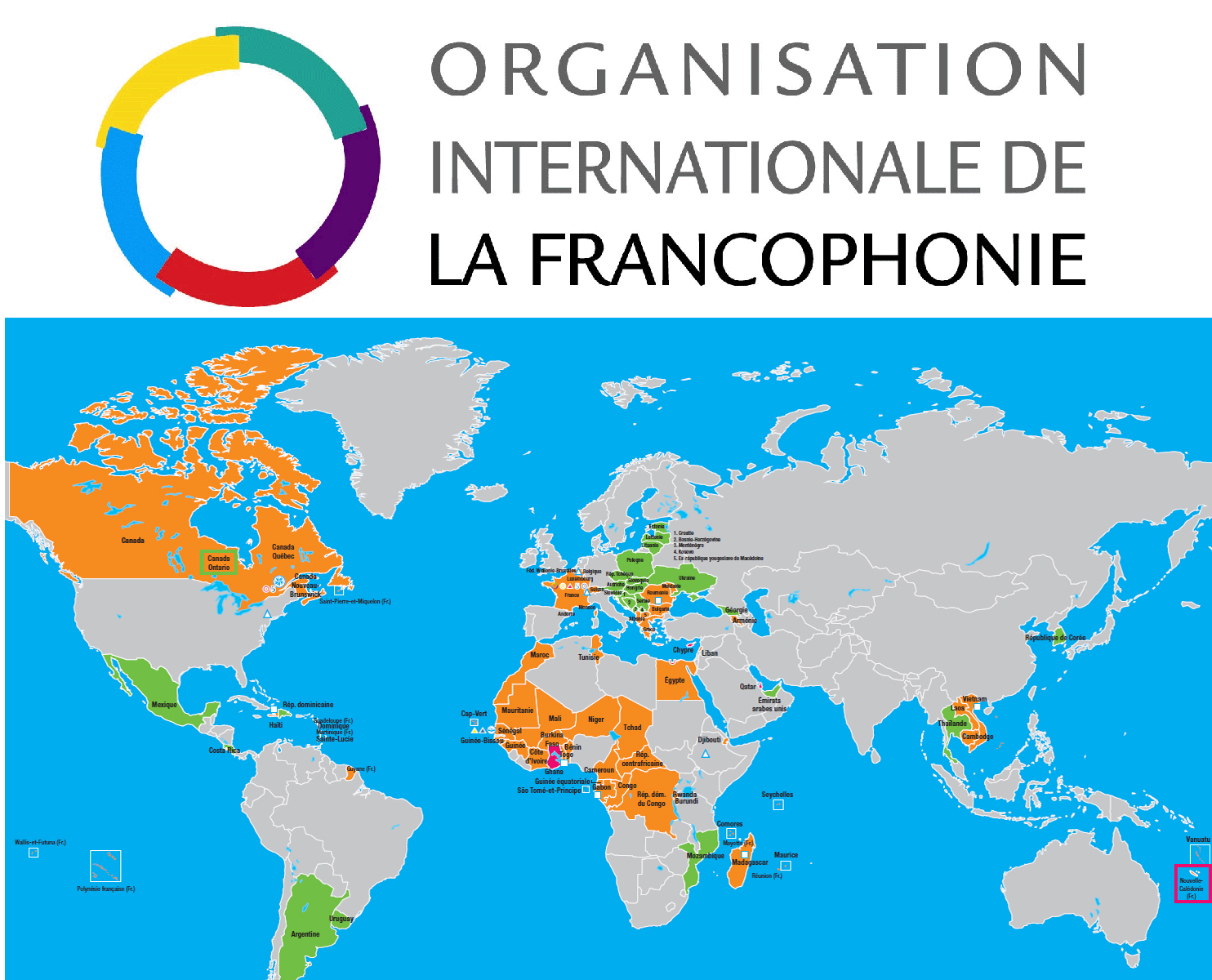
法语国家国际组织(OIF,有时简称 "法语国家组织",法语: 法语国家国际组织是一个国际组织,代表以法语为通用语言或习惯用语、法语使用者(讲法语者)占人口很大比例或与法国文化有显著联系的国家和地区。
该组织由 88 个成员国和政府组成;其中 54 个国家和政府为正式成员,7 个为准成员,27 个为观察员。法语国家(francophonie,小写 "f")或法语圈(francosphere,英语中通常大写)也指全球法语国家人民的共同体,[5] 由私人和公共组织网络组成,旨在促进法语或比利时人民或法国或比利时在文化、军事或政治上发挥过重要历史作用的国家之间的平等联系。
这个现代组织成立于 1970 年。该组织的座右铭是 "平等、互补、团结"(égalité, complémentarité, solidarité),意在暗指法国的座右铭 "自由、平等、博爱"(liberté, égalité, fraternité)。法语国家组织最初只是一个法语国家的小团体,后来发展成为一个全球性组织,其众多分支机构与成员国在文化、科学、经济、正义与和平领域开展合作。
Die Organisation internationale de la Francophonie (OIF; manchmal abgekürzt als Francophonie, franz: La Francophonie [la fʁɑ̃kɔfɔni], im Englischen manchmal auch International Organisation of La Francophonie genannt) ist eine internationale Organisation, die Länder und Regionen vertritt, in denen Französisch Lingua franca oder Verkehrssprache ist, in denen ein bedeutender Anteil der Bevölkerung frankophon (französischsprachig) ist oder in denen es eine bemerkenswerte Zugehörigkeit zur französischen Kultur gibt.
Der Organisation gehören 88 Staaten und Regierungen an; davon sind 54 Staaten und Regierungen Vollmitglieder, 7 sind assoziierte Mitglieder und 27 haben Beobachterstatus. Der Begriff Frankophonie (mit kleinem "f") oder Frankosphäre (im Englischen oft großgeschrieben) bezieht sich auch auf die globale Gemeinschaft französischsprachiger Völker,[5] die ein Netzwerk privater und öffentlicher Organisationen umfasst, die gleichberechtigte Beziehungen zwischen Ländern fördern, in denen Franzosen oder Belgier leben oder Frankreich oder Belgien eine bedeutende historische Rolle in kultureller, militärischer oder politischer Hinsicht gespielt haben.
Die heutige Organisation wurde 1970 gegründet. Ihr Motto lautet égalité, complémentarité, solidarité ("Gleichheit, Komplementarität und Solidarität"), eine bewusste Anspielung auf Frankreichs Motto liberté, égalité, fraternité. Aus einer kleinen Gruppe französischsprachiger Länder hat sich die Frankophonie zu einer weltweiten Organisation entwickelt, deren zahlreiche Zweigstellen mit ihren Mitgliedstaaten in den Bereichen Kultur, Wissenschaft, Wirtschaft, Justiz und Frieden zusammenarbeiten.
 Sport
Sport
 Hand in Hand
Hand in Hand
 Geography
Geography
 History
History
 Architecture
Architecture
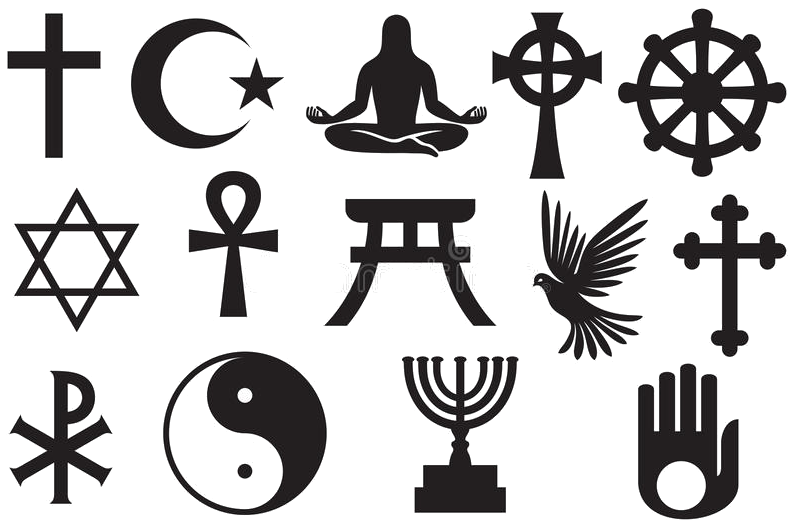 Religion
Religion
 International cities
International cities
 World Heritage
World Heritage